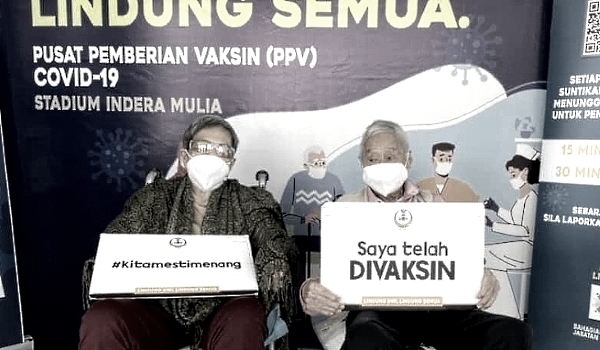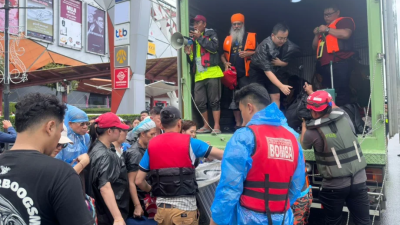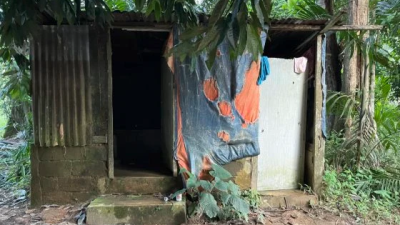Sin Chew Daily
Science, technology and innovation minister Khairy Jamaluddin announced that 5,867 journalist hired by 144 registered media organizations in the country will get their vaccination appointments beginning Wednesday. This has come as a wonderful news for frontline journalists who are in the high risk group as they have to go out covering events and thus exposing themselves to infection risks.
Take for example there are some among the the 213 injured passengers in the late May LRT crash who were COVID-19 carriers, and this will put the reporters covering the news at tremendous risk of infection.
Talking about occupations, sure enough medical frontliners, policemen, government officials, elected representatives, media workers, teaching staff, mass transit workers, supermarket cashiers etc should all be prioritized when it comes to vaccination against the virus because they stand a very big risk of getting infected.
A WHO report pointed out that 80% of COVID-19 patients only have light or no symptoms while 50% are asymptomatic, meaning they might not themselves know that they have been infected until they go for screening tests. They may have spread the virus to many other people around them before their diagnosis has been confirmed.
One thing we need to know is that there is no direct correlation between the severity of cases and the quantity of virus in the body. In other words, a less serious and a very ill patient both have almost the same amount of virus in their body, unlike the SARS virus back in 2003. It was recently discovered in Taiwan that a patient showed more virus in the body even though his symptoms had subsided.
To break the chain of infection, we therefore need to protect those in the high risk groups and not to allow them to become virus carriers after being infected with the virus.
Where age is concerned, priority should be given to the protection of people aged 50 and above and those suffering from chronic illnesses such as high blood pressure, heart disease, diabetes, kidney problem, etc. because the mortality rate for this group of people is much higher than that of younger individuals.

According to a report conducted late last year, 85.4% of people dying from COVID-19 in this country were aged 60 and above. A recent COVID-19 death analysis in Taiwan showed that 89.1% of deaths involved people aged 60 and above, 81.7% of them suffering from chronic illnesses.
As such, the answer to the question who should be inoculated first couldn't have been more obvious now: high risk occupational groups and old age individuals suffering from chronic illnesses.
So far only 52.4% of Malaysians suitable for vaccination have completed their registration process, while only 13.5% of the targeted population needed to achieve herd immunity has received either one or both vaccine doses.
Minister Khairy has said that the immunization program will proceed as per schedule. Currently the second phase of immunization program involving senior citizens, disabled and individuals suffering from chronic illnesses, is still on-going. Khairy mentioned last week that the government will do its utmost to complete the immunization program to achieve the goal of herd immunity as instructed by the prime minister.
Based on the minister's earlier promise, there should be mass import of vaccines in June and July while thousands of private clinics and doctors will participate in the vaccination program in hope of reaching the goal of 200,000 doses administered per day by the end of July so that we can achieve the herd immunity target by end of November.
To encourage more Malaysians to go for vaccination, several organizations in KL have jointly introduced mobile vaccination trucks for the convenience of the people, especially in the rural areas with large percentage of old people whose children are working outstation and cannot come back due to the MCO travel ban.
We therefore urge the government, elected representatives, district councilors and local associations join hands to provide mobile vaccination services to address the needs of old people living in rural areas.
ADVERTISEMENT
ADVERTISEMENT


































